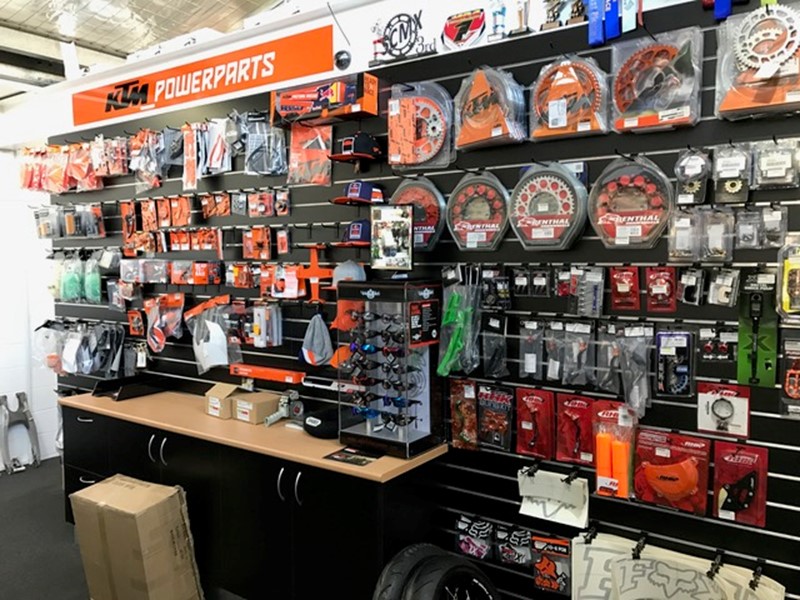Discover the Latest Motocross Gear NZ for every single Degree of Rider
Discover the Latest Motocross Gear NZ for every single Degree of Rider
Blog Article
Grasping Bike Gears: Just How to Maximize Your Riding Experience
In the world of motorcycling, grasping the art of equipment adjustment is critical for boosting your riding performance. Properly using and recognizing bike equipments can substantially affect fuel, control, and acceleration effectiveness, transforming a typical trip into a seamless, exciting trip.
Comprehending Gear Mechanics
At the core of motorcycle characteristics, equipment mechanics play a pivotal function in converting engine power into activity, ultimately determining rate and control. The equipment ratios, very carefully made, figure out the partnership in between engine changes and wheel turns, affecting acceleration and fuel effectiveness.
Recognizing equipment auto mechanics begins with identifying the significance of the transmission, which houses several gears of varying sizes. These gears connect with a procedure understood as meshing, where teeth of various gears engage to transmit power.
Additionally, the concept of gear shifting is integral to taking full advantage of performance. Smooth and prompt changes guarantee that the engine runs within its optimal power band, protecting against unnecessary pressure and improving longevity (motorcycle shop). By understanding these mechanical details, motorcyclists can accomplish an unified mix of control, effectiveness, and power, raising their riding experience
Timing Your Shifts
Shift timing mastery is crucial for enhancing motorbike performance and boosting the riding experience. Effectively timed shifts ensure that the engine operates within its optimum power band, which is vital for keeping control, attaining smooth acceleration, and making sure the long life of the bike. Riders need to create an user-friendly sense of when to shift gears, which entails comprehending the connection between engine revolutions per minute (RPM) and rate.
To master change timing, pay close interest to the engine's audio and really feel, as these offer crucial hints regarding when to alter gears. The ideal shift point usually occurs when the engine approaches the top variety of its power band without getting to the redline. Changing as well early can result in an absence of power, while shifting too late might cause unnecessary engine strain
Additionally, road conditions and riding style impact shift timing. For circumstances, in urban setups, smoother and a lot more frequent shifts might be necessary to navigate website traffic effectively. In contrast, throughout freeway riding, less shifts at higher rates can be better. Exercising in varied settings will certainly enhance your capability to time changes exactly, eventually boosting your riding experience to a specialist degree.
Enhancing Fuel Performance
While mastering motorbike equipments is essential for efficiency, improving gas efficiency is just as essential for both ecological and economic factors. Optimal fuel consumption not only minimizes functional prices but also reduces the environmental impact of riding. To achieve this, one have to understand the elaborate partnership in between gear choice and engine efficiency.
To start with, picking the best gear at proper rates can significantly impact fuel usage. Riding in a higher gear at lower rates can bring about engine lugging, which is destructive to both gas economic situation and engine health. Alternatively, riding in reduced equipments at broadband causes unneeded gas usage. Thus, keeping an optimum equilibrium by changing gears abreast with roadway problems and prepared for maneuvers is crucial.
Additionally, routine maintenance plays a pivotal duty in gas efficiency. Guaranteeing that the motorcycle is browse around these guys well-tuned, with tidy air filters and appropriately pumped up tires, can boost the rules of aerodynamics and reduce gas waste. Furthermore, embracing a riding style that welcomes progressive acceleration and smooth slowdown can add to far better gas economy.

Techniques for Smooth Transitions
Attaining smooth gear changes is basic to enhancing the riding experience and making certain the durability of a motorcycle's transmission system. Correct gear moving not just contributes to a smooth trip yet also lessens wear and tear on the mechanical parts. To grasp the art of smooth transitions, motorcyclists must focus on a few vital techniques.

Secondly, clutch control plays an essential role. Involving and disengaging the clutch smoothly needs technique. The clutch lever need to be released slowly, permitting a seamless transfer of power from the engine to the wheels without triggering a shock or abrupt motion.

Adapting to Roadway Problems
Browsing varied roadway problems is an important ability for any type of motorcyclist aiming to keep control and safety and security. Whether you're riding on damp surfaces, gravel roadways, or navigating doglegs, your capacity to adjust your gear usage and riding strategy is vital. Comprehending how to adjust your equipments properly can considerably influence grip and stability, making certain a more secure journey.
On wet roadways, it is recommended to keep greater gears to lower torque and lessen wheel spin. This method aids preserve grip on unsafe surface areas, enabling for smoother acceleration and slowdown. In contrast, when riding on crushed rock or uneven surface, lower equipments are more effective. Lower gears offer much better control and enable you to react more promptly to unforeseen changes in the road surface area.
Sharp curves demand exact equipment monitoring to balance speed and control. Downshifting before entering a contour can help preserve energy while ensuring the motorbike continues to be steady throughout the turn. Consistent technique in varied conditions improves your capacity to predict and respond to adjustments in road texture and slope.
Verdict
Mastering motorcycle gears dramatically enhances the riding experience by improving control, fuel, and acceleration efficiency. Adapting equipment option to numerous roadway conditions, such as utilizing greater gears on damp surface areas and lower gears on gravel, additional enhances handling and safety and security.
Comprehending equipment auto mechanics starts with acknowledging the relevance of the gearbox, which houses multiple equipments of varying dimensions. These equipments interact via a process recognized as meshing, where teeth of different equipments involve to transfer power (motocross gear). Gentle adjustments to the throttle throughout equipment shifts can stop jerky movements and keep a regular riding rate
Whether you're riding on wet surface areas, gravel roadways, or navigating sharp turns, your ability to adjust your gear use and riding technique is extremely important. Adapting equipment selection to numerous road problems, such as using greater gears on damp surface areas and reduced gears on gravel, additional boosts handling and safety.
Report this page